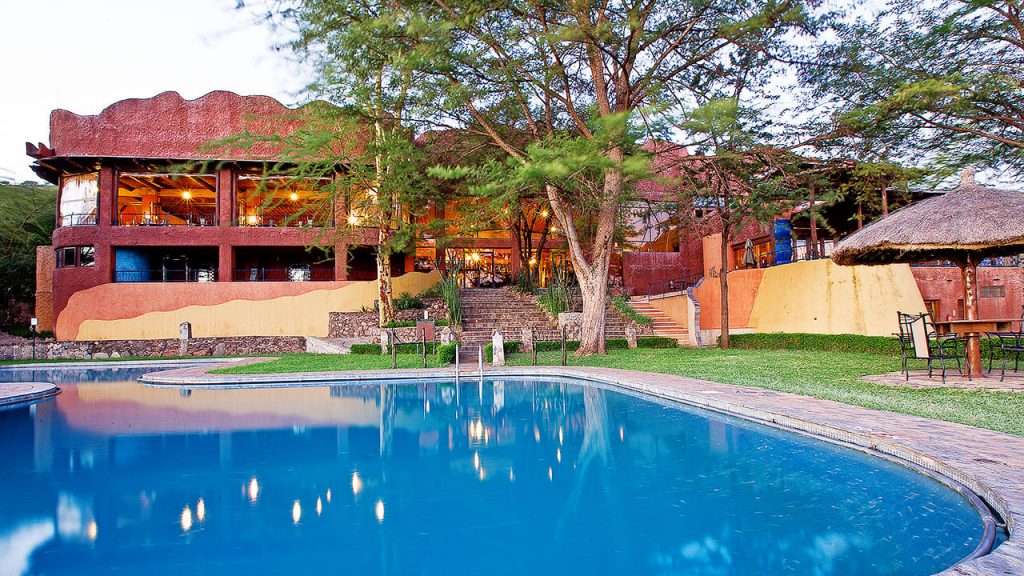Central & Southern Serengeti
In the center of the park, the Seronera River Valley is one of the richest wildlife habitats in the region, not only providing a valuable water source, but also marking the boundary between the grassy plains and the wooded hills to the north, attracting animals and birds belonging to both environments. Site of the park headquarters, its oldest lodge, a visitor centre, and several public campsites, Seronera is also the busiest part of the park in terms of tourist traffic, and so it tends to be avoided by more exclusive safaris.
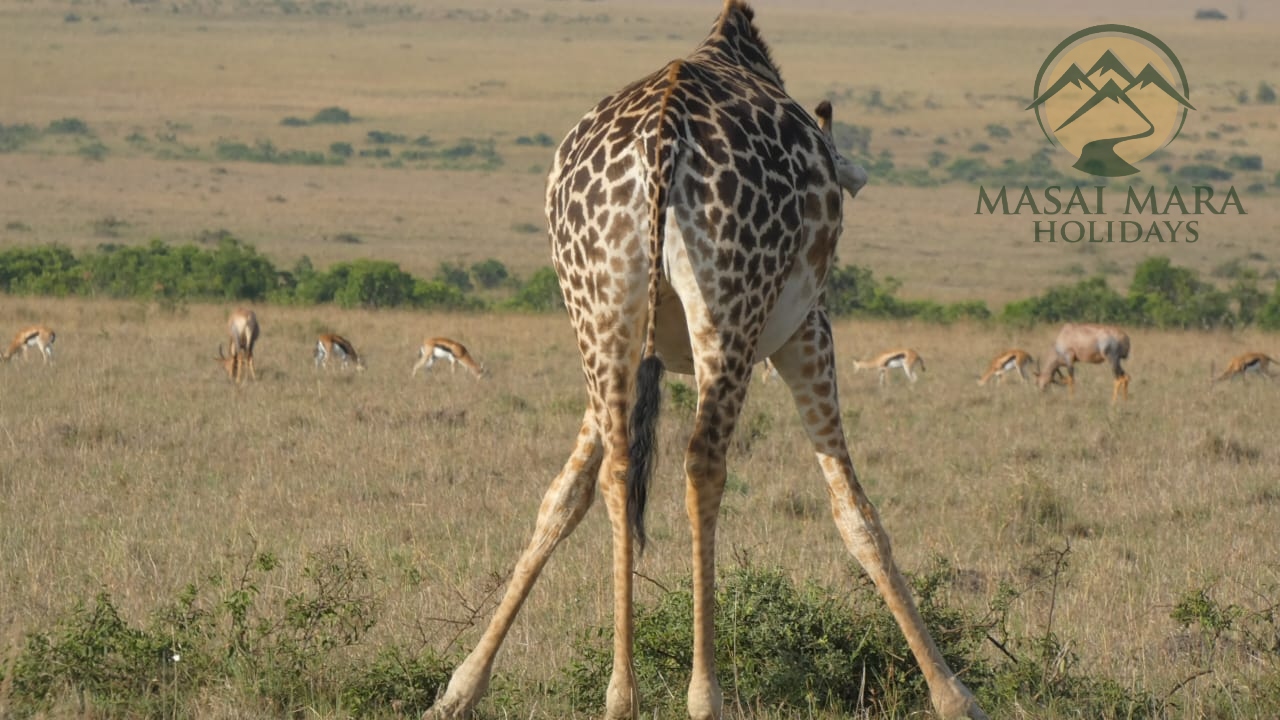
Seronera is the base for Serengeti Balloon Safaris, and there can be few experiences more magical than drifting over this endless scenery at dawn, sometimes low enough to skim the trees, at others, soaring to see the true scale of this vast wilderness. Despite the heavy tourist traffic, Seronera offers reliable, superb game viewing throughout the year. In addition to typical plains grazers, the woodland is favoured by olive baboons and vervet monkeys, as well as buffalo, giraffe, elands, bushbucks and dik-diks. Waterbucks and reedbucks hang out along the river banks, and many of the park’s 500-plus bird species can be found in the area.
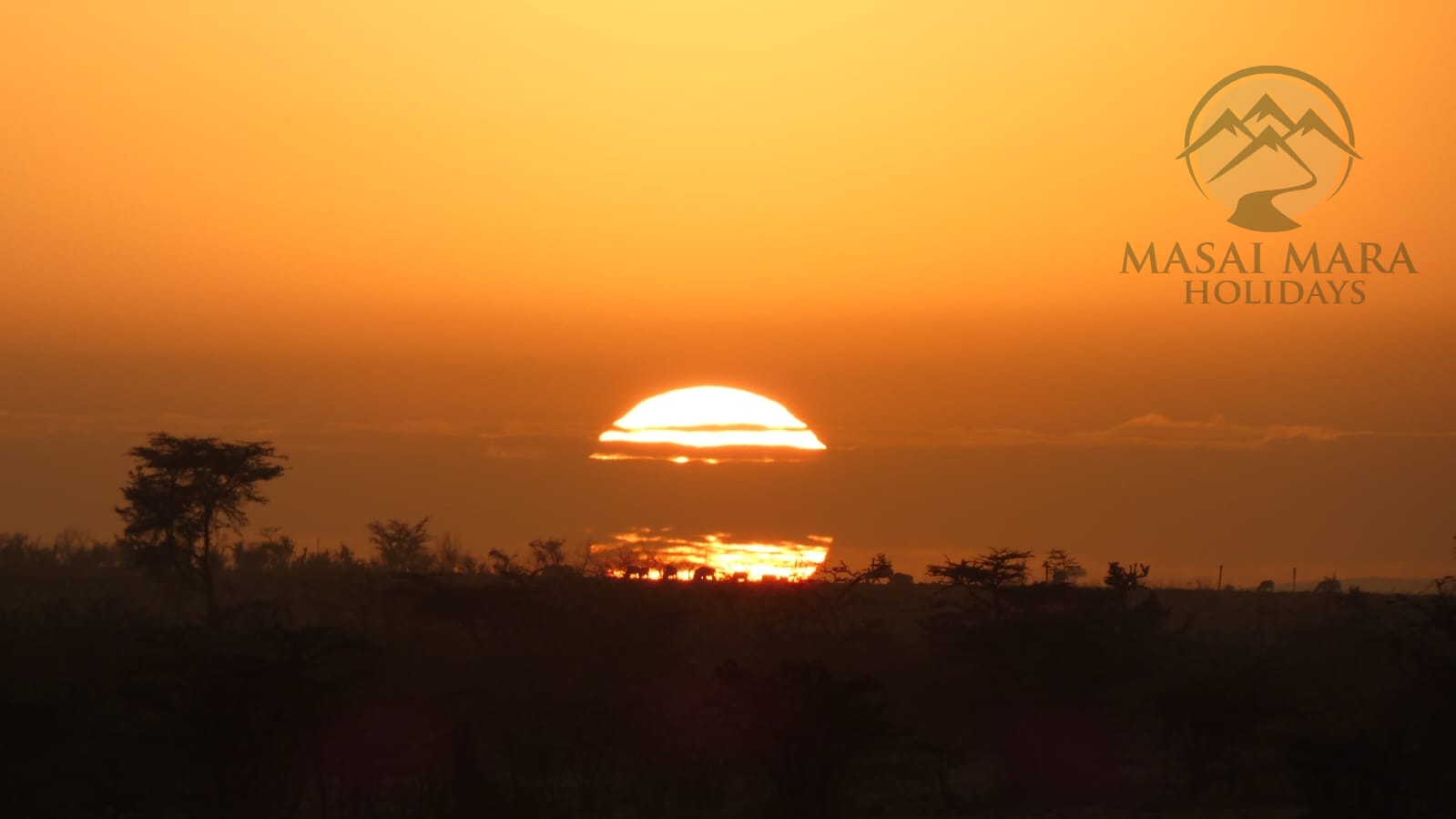
About 15km (9 miles) north of the park headquarters, the Retima Hippo Pool, near the confluence of the Seronera and Grumeti rivers, usually supports several dozen hippos basking in close proximity. Seronera is the best place in Tanzania to see leopards, which habitually laze away the heat of the day in the shady sausage trees and acacias that line the river, revealing their presence only by an occasional flick of the tail. The area is also home to several indolent lion prides, which have taken to the trees with increasing regularity in recent years – indeed, you are now more likely to see lions in arboreal action at Seronera than in Lake Manyara, which was once famed for this unusual behavior.
Seronera Visitor Centre
A great place to head after an early-morning game drive is the brilliantly designed Seronera Visitor Centre. It’s a real pleasure, combining permanent exhibits, displays and wildlife video screenings at lunchtime, with a humorous information trail around a nearby kopje. There’s also a shop with drinks and snacks and a picnic site where semi-tame rock hyraxes and birds, including hoopoes and adorable Fischer’s lovebirds, eye up your lunch. The centre’s gift shop should have a booklet containing the information presented on the trail, and also a leaflet with a map and detailed descriptions of the various game drives around Seronera. The staff can usually fill you in on recent predator sightings and road conditions, and a number of park wardens are based here to answer more detailed queries.
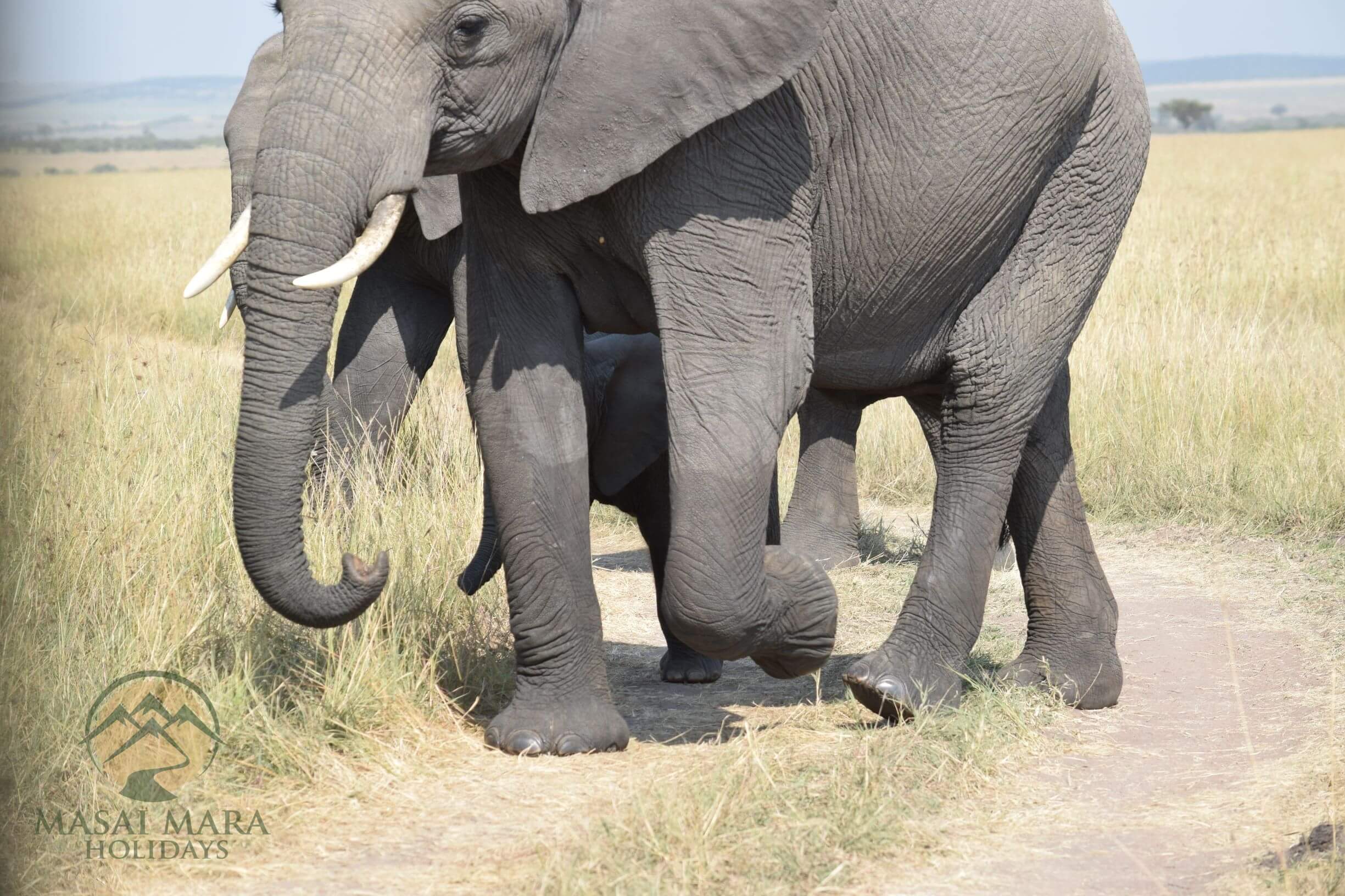
Seronera Game Drive Trails
A quick rundown of the main trails follows. Most have numbered road junctions corresponding to those on the leaflet available from the visitor centre. The Seronera River Circuit (junctions 1–26) starts at Seronera Hippo Pool and follows the river, and offers sightings of lions, leopards, crocodiles and waterbuck, as well as hippos, giraffes, vervet monkeys, baboons and many birds. The circuit can be combined with the Kopjes Circuit (junctions 52–62; enter at junction 18 on the east bank of the Seronera River), which goes anticlockwise around Maasai, Loliondo, and Boma Kopjes. Climbing on the rocks is forbidden. The Hills Circuit (junctions 27–29) cuts through grassland to the wooded foothills of the Makori and Makoma Hills west of the Seronera Valley and is good for hyena, zebra, ostrich, warthog, gazelle, topi and hartebeest.
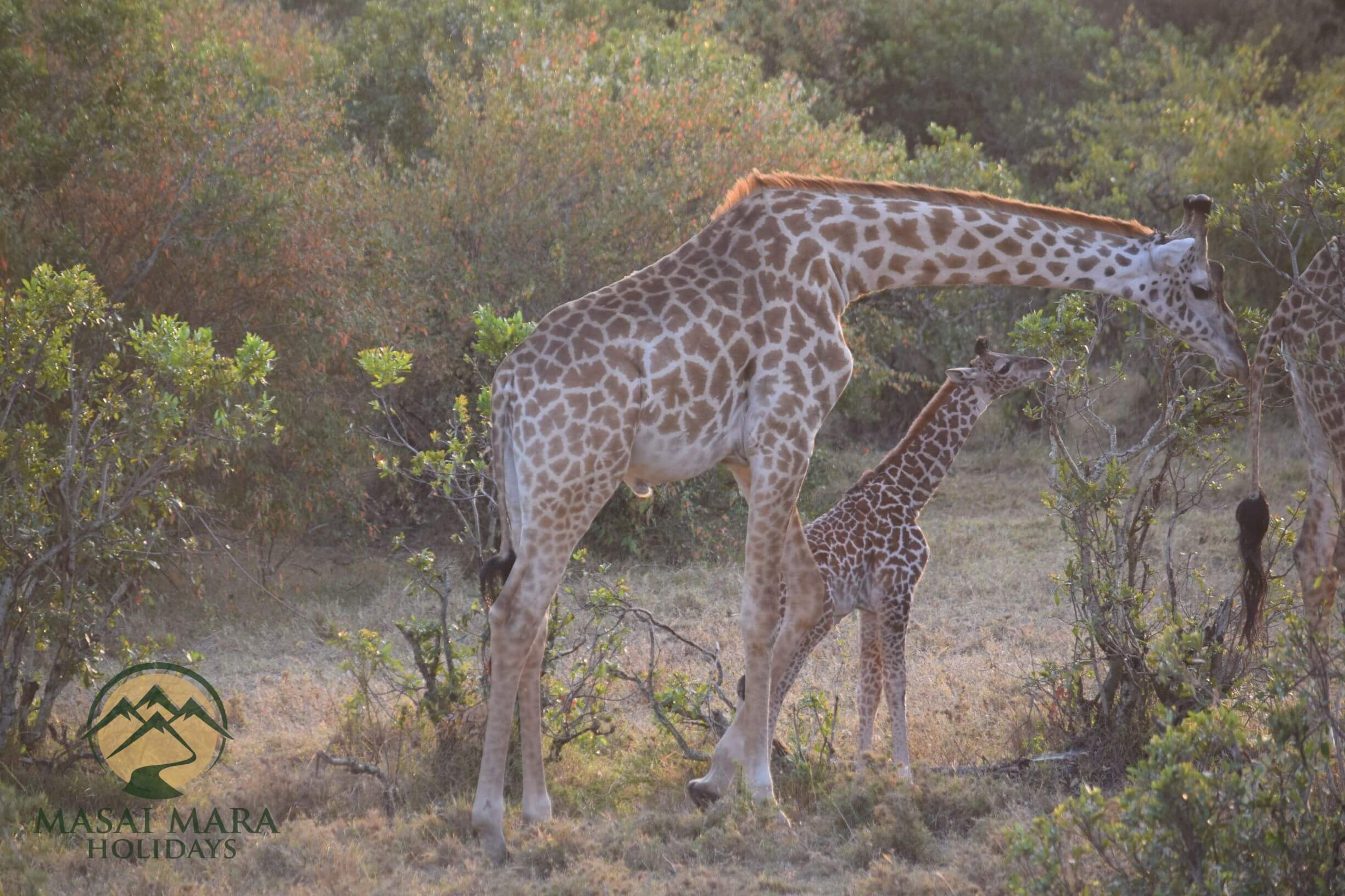
A drive along this circuit is best combined with the Songore River Circuit (junctions 30–34), which loops into the plains south of the Seronera River. Thomson and Grant’s gazelle, topi, hartebeest, and ostrich are frequent, as are cheetah during the dry season. Lastly, the Wandamu River Circuit (junctions 40–49) covers similar habitats to the Seronera River Circuit and hugs the banks of the Wandamu River, especially popular with buffaloes.
The Central Plains
The undulating, semi-arid Serengeti Plains are the cornerstone of Serengeti’s ecosystem. For a bird’s-eye view, walk up the kopje behind Naabi Hill Gate; this viewpoint and picnic site is ideal for observing the migration between January and April, especially in February and March when literally hundreds of thousands of wildebeest, zebra, and gazelle munch their way across the grasslands below. The popularity of the plains with wildlife appears to owe something to the alkaline nature of the soil, whose volcanic ash was laid down during the eruptions of Ngorongoro’s Crater Highlands, and is therefore rich in minerals – something accentuated by the annual cycle of rain and evaporation, which sucks minerals to the surface. The main ones are calcium, potassium carbonate and sodium carbonate, which recent studies have shown are essential components of many animals’ diets, especially when lactating, and which explains why eighty percent of Serengeti’s wildebeest give birth on these plains.
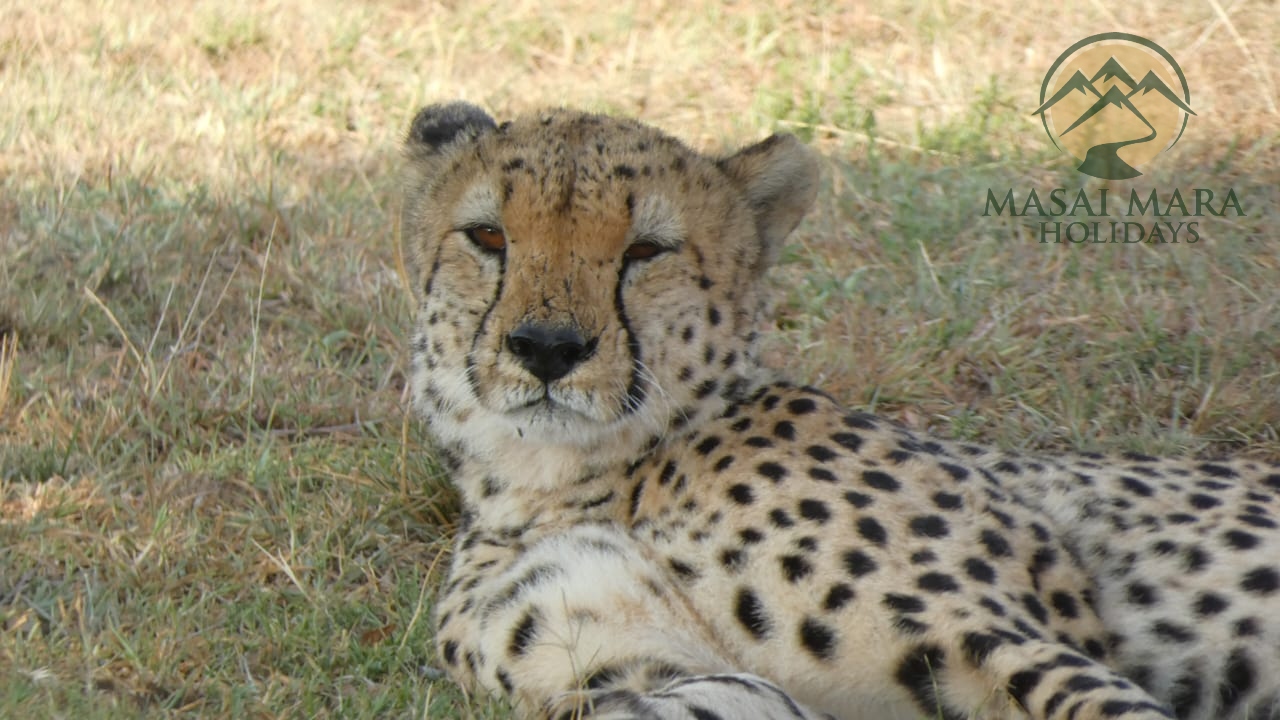
Even when the migration moves out of the area, and the Central plains turn into a dry and dusty shimmer of straw, there’s still plenty of resident wildlife around, including lion prides, unusually large clans of hyenas (up to eighty strong), plus hartebeest, topi, warthog and ostrich. Birdlife is richest during the rains; through you’ll see secretary birds and kori bustards throughout the year. Another bird worth looking for is the black-throated honey guide, which has a remarkable symbiotic relationship with the ratel (honey badger). The honeyguide, as its name suggests, leads the ratel to wild beehives in trees, which the ratel – seemingly immune to the stings – pulls down and breaks open. The ratel eats the honey, and the honey guide treats itself to beeswax.

